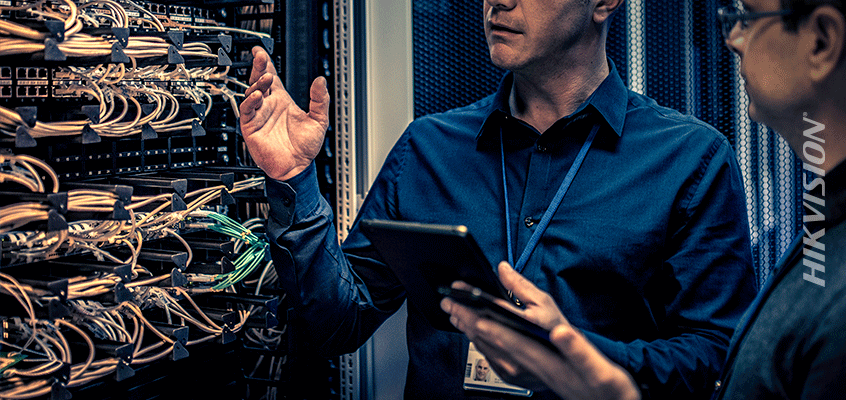OnSolve Survey Identifies Five Challenges Businesses Should Focus On in 2019
Hikvision Cyber Incident and Security Breach Resources
In the article, “Five Emerging Business Continuity Challenges For 2019,” Security magazine covered results of the OnSolve Crisis Communications & Emergency Notification Survey, which identified five challenges businesses should incorporate into their planning efforts.
The report surveyed 300 enterprise decision makers about business continuity, IT, and disaster recovery challenges. A few of the key challenges identified in the survey are outlined in more detail below.
Up-To-Date Employee Info
The ability to reach the right contact in an organization swiftly and at the right time is important for business continuity. The survey found that lacking up-to-date employee contact information was a primary concern for 25 percent of respondents.
From the article: “Creating an effective strategy to capture all key forms of contact information – from the time a new hire joins the company to periodic update periods – is an important first step. Among organizations using mass notification systems, 85 percent use email, 59 percent use text messaging, 52 percent use phone calls, 17 percent use a mobile app, and 13 percent use desktop alerts. In other words, employees receive notifications through multiple channels, and they all must be kept up to date.”
The article recommends notification systems with two-way communication so that employees can respond right away, allowing the emergency response team to quickly account for all employee whereabouts.
Notifying Employees of Security Breach
Increasingly sophisticated cyberattacks are requiring new and effective ways to disseminate attack information to all employees across an organization as quickly as possible when there is a security breach or other cyber incident.
“Cyberattacks aren’t new, but the sophistication of these attacks demand that organizations have an effective way to alert employees in the early stages of a cyberattack–because after the fact is, in fact, too late. Gartner estimates that each minute of unplanned downtime costs organizations $5,600 per minute. If a network is down and computers and email are not accessible to employees, even seconds matter so that further damage isn't done (preventing employees from any action that further exposes the business),” said the article.
Sixty-three percent of respondents said malware was the cyber threat most likely to impede their ability for rapid employee notification. This was followed by ransomware, phishing, and email compromise.
Other Challenges
Other challenges from the survey included accounting for a geographically dispersed workforce, staying ahead of social media disinformation, and sever weather events. According to the article, “severe and extreme weather events are their [survey respondents] leading concern when it comes to emergency communications and response—outpacing other events such as active shooters (22 percent), cybersecurity attacks (15 percent), IT outages (12 percent), and workplace violence (8 percent).”
Read more about the survey results at this link.
Hikvision Cyber Incident and Security Breach Resources
Hikvision has an extensive catalogue of cybersecurity blogs, which offer tips and insights to address cyber incidents, reduce the risk of security breach, address network security concerns, and educate partners and employees on how to identify threats such as phishing emails.
Hikvision’s director of cybersecurity, Chuck Davis, wrote a blog about ways to reduce cyberattacks and security concerns in network security, user security and system administration. Davis advocates the practice of "defense in depth," an approach to manage risk that uses multiple layers of defense to provide additional protection against a potential cyberattack, including network segmentation. An excerpt from the article:
“This is the way corporate networks are built, which is based on the principle of least privilege – this means only giving people or systems access to the resources that they need, and nothing more. This is effective for the obvious reason of keeping sensitive resources only accessible by those who need access, but it is also an effective means of compartmentalizing a network environment in case of cyberattack or malware infection,” said Davis.

